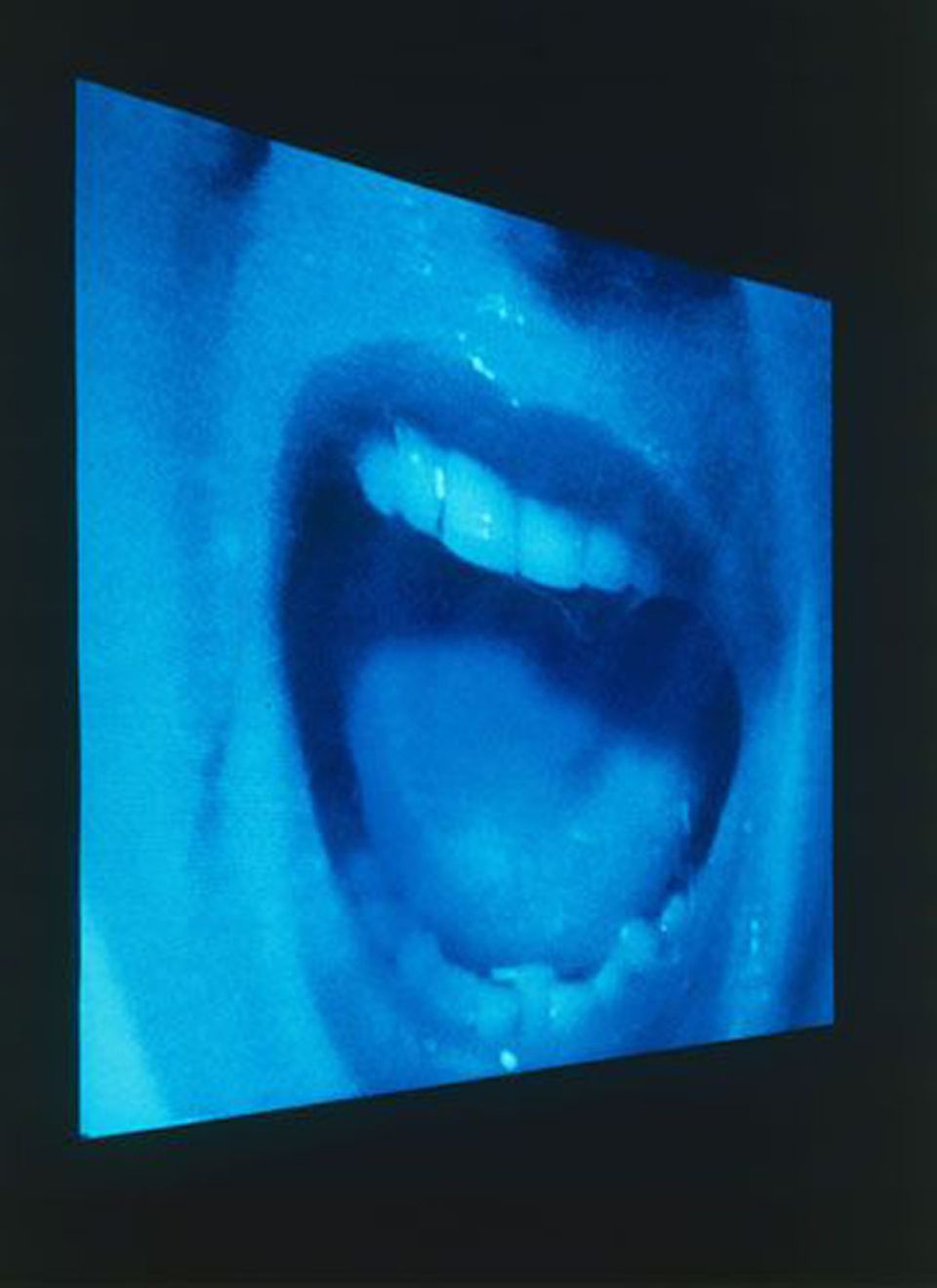
Still from Douglas Gordon's 24 Hour Psycho
The most significant lesson in John Hanhardt's last lecture on new media art concerned historical revisionism. Hanhardt professes that contemporary video artists—the subject of his fourth and final installment—worked with unexpected sources in their work, not merely by drawing inspiration from and references to the Western art-historical canon in the way that artists in other media do. (The video artists cited for their work with the traditional canon have not necessarily done derivative work, not by any means. For example, Bill Viola, whom Hanhardt cites in this framework, looks to and works within the history of painting, specifically with The Greeting, a video installation that draws from Pontormo's 1529 The Visitation.)
Lorna Simpson, Douglas Gordon, Pierre Huyghe, and Steve McQueen, to name a few, were artists who expanded the source material of the canon. These artists appropriated, recontextualized, and recoded works by artists not traditionally recognized as fine artists within the fine art world. Filmmakers like Alfred Hitchcock, whose groundbreaking film Psycho was slowed to a crawl by Douglas Gordon for a piece about temporality in the trudging 24 Hour Psycho. Or filmmakers like Buster Keaton, a classic physical comedian; for Deadpan, Steve McQueen took a gag real from Keaton's One Week and re-created the set, shooting and exploring the film's architectural possibilities from various perspectives. By the act of appropriation and with the deliberation of their works, these artists were introducing film—Hollywood film—into the art-historical arena. And with No Snow in the Broken Bridge, artist Yang Fudong pushes this revisionism further by reacting to works from the Shanghai Cinema era of 1930s China.
It's not just the artists thinking about Hollywood. Hanhardt discussed Paradise Omeros, a piece by Isaac Julien, who to that point had made independent film. Now, often these categories are arbitrary—the independent film/video art distinction, much like the craft/art distinction, is often a description of a work's context (or a way to dismiss a work, to say that it is less than serious). But independent film can be read as a term for a distribution category—so, too, can art galleries be thought of as a distribution category. Julien realized there were benefits to showing his film work in galleries rather than theaters. However arbitrary categorizing his work may be, it is easily distinguished by the quality of Julien's video editing and cinematography—technical aspects of the medium in which he has advanced training and experience. The "moving image", as you will often hear Hanhardt phrase it, has diffused throughout fine art—and vice versa.


















